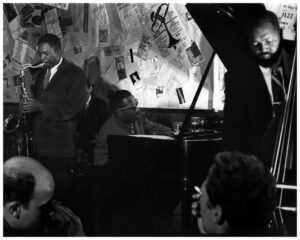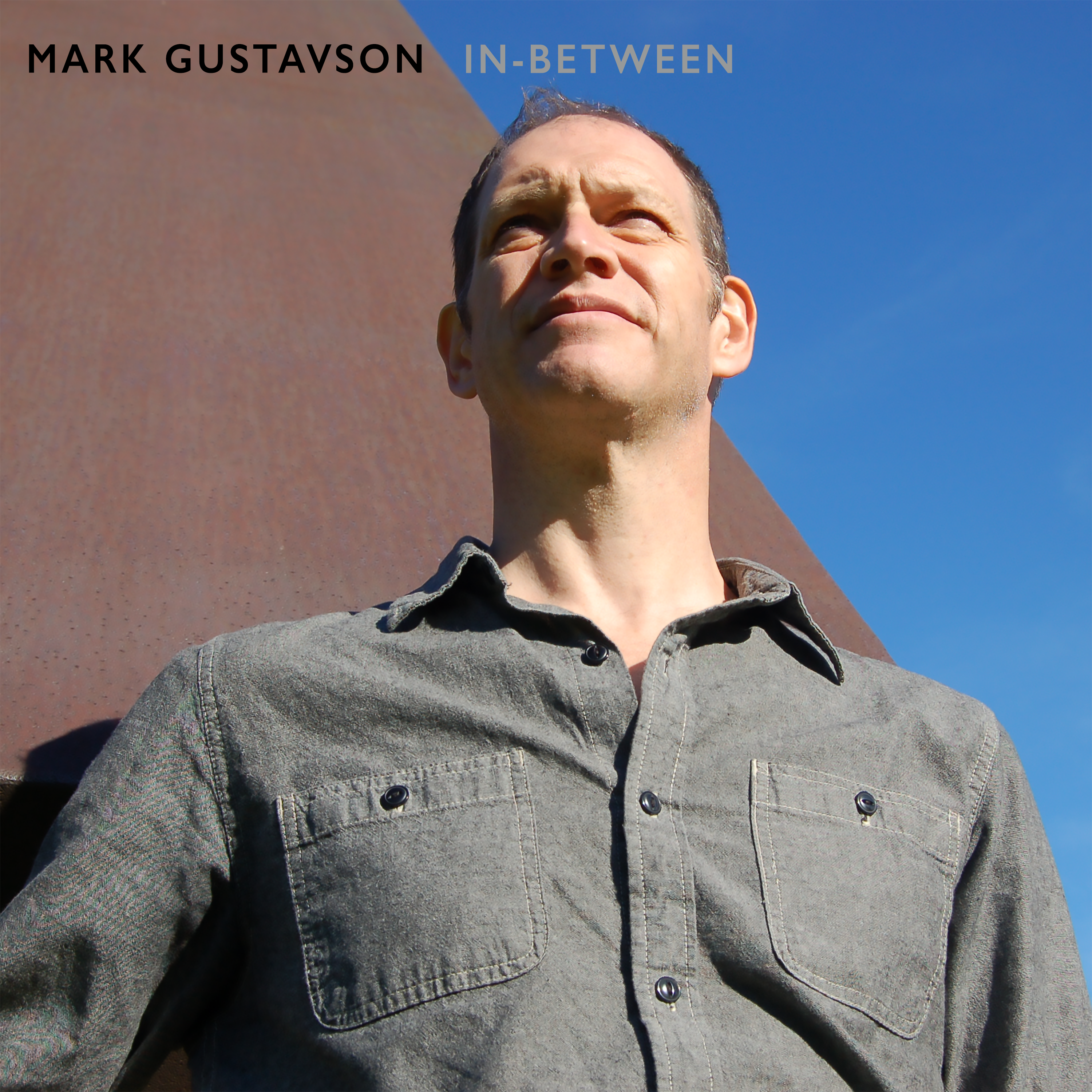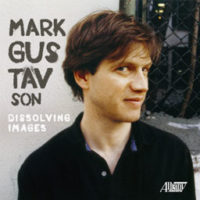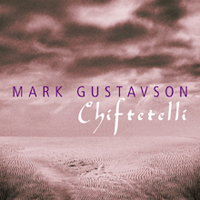
Notes on the Tarot Reading
According to my notes on Lament, I performed a seven-card tarot reading on February 5, 2006. The following are the cards and the scenes they are paired with:
Tarot Card Temporality Scene
1. Magician Distant Past Prelude
2. Emperor Immediate Past Scene 1
3. Temperance Present Influence Scene 2
4. Reverse Nine of Cups Present Obstacles Scene 3
5. Wheel of Fortune Present Outlook Interlude
6. Reverse Judgement Future Influences Scene 4
7. Reverse Queen of Cups Ultimate Result Scene 5
The tarot reading revealed the form and direction my future monodrama would take. I interpreted this seven-card spread as a transformation from young and green to old and seasoned. Furthermore, the reading suggests an overall slowing down over time. Each section’s character is influenced by its corresponding card. Next, find a text that aligned with the tarot reading.
After some time looking for a text, I discovered the Dylan Thomas poem “Lament” written in early 1951. The poem is about the declining sexual history of a man (possibly a caricature of himself). In the end, I decided to open the work with a piano prelude (Magician card) of vitality and virtuosity that would spin into Scene 1 (Emperor card) a young adult, not yet a man; followed by Scene 2 (Temperance card) now a man but acts like a boy; Scene 3 (Reversed Nine of Cups card) the falling off of being a gusty man and a half; Interlude (Wheel of Fortune) reevaluation; Scene 4 (Reverse Judgement card) he is half the man he was and dying of downfall; Scene 5 (Reverse Queen of Cups card) He is a man no more.
It’s not Jazz, it’s about Jazz…and other Things

Because Thomas had visited New York City twice between 1951-1953, I fancied he visited Manhattan’s 52nd Street jazz clubs though there is no evidence of him ever doing so. I also imagined that Dylan Thomas’s wonderful theatrical voice transformed into a singer perhaps dressed in tweed to finalize the caricature of the great poet. This idea went from fantasy to a dream Lament will take place in.
In each of the five stanzas of the poem, the third line is always parenthetical and comically describes the temporal state of the singer, aka “Old Ram Rod.” This line is always sung by a female chorus that increases in size for over half the work to only decrease until there is only one female singer who finally leaves. These are some of the women with whom the singer has had affairs throughout his life.
What if…?
The dream takes place in a fictitious Manhattan 52nd Street jazz club between 1950 and 1960, including dim lighting, a bar, tables, and chairs. The ensemble is slightly off to the side. The singer has great freedom to develop his character. Lament uses an idea of jazz entwined with new music without any historical relationship. The inception of the piece is based on the question, What if there was a merger or fusion between jazz and new music in New York City in the 1950s? Certainly, this idea is similar to Gunter Schuller’s “Third Stream.” But this hypothetical question is realized in a dream and actualized.
The ensemble I settled on reflects progressive jazz or a new music ensemble of that time. In addition to the bass/baritone singer and female chorus is an ensemble consisting of bass clarinet, percussion, piano, and double bass.
Lament is a 55-minute monodrama.



